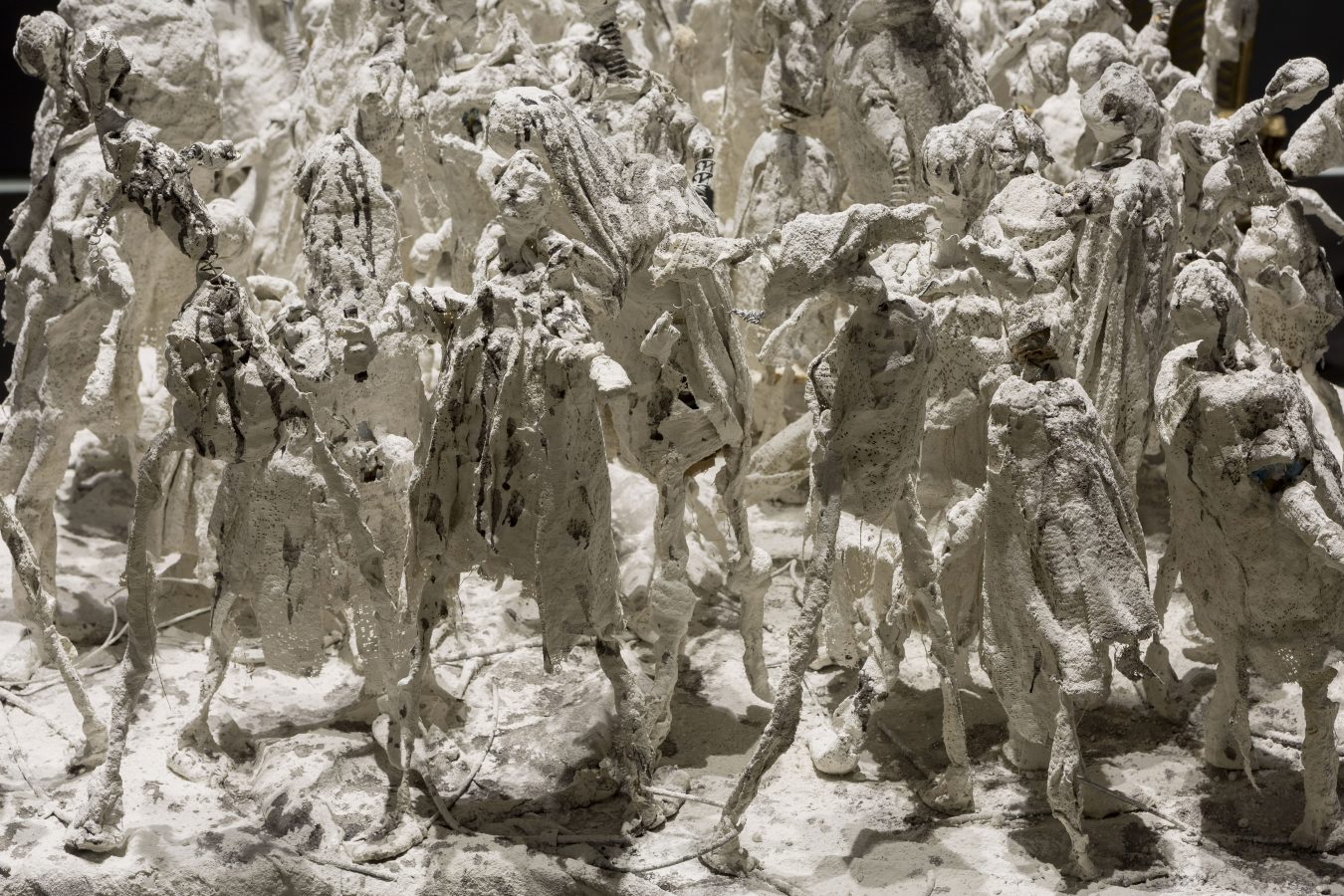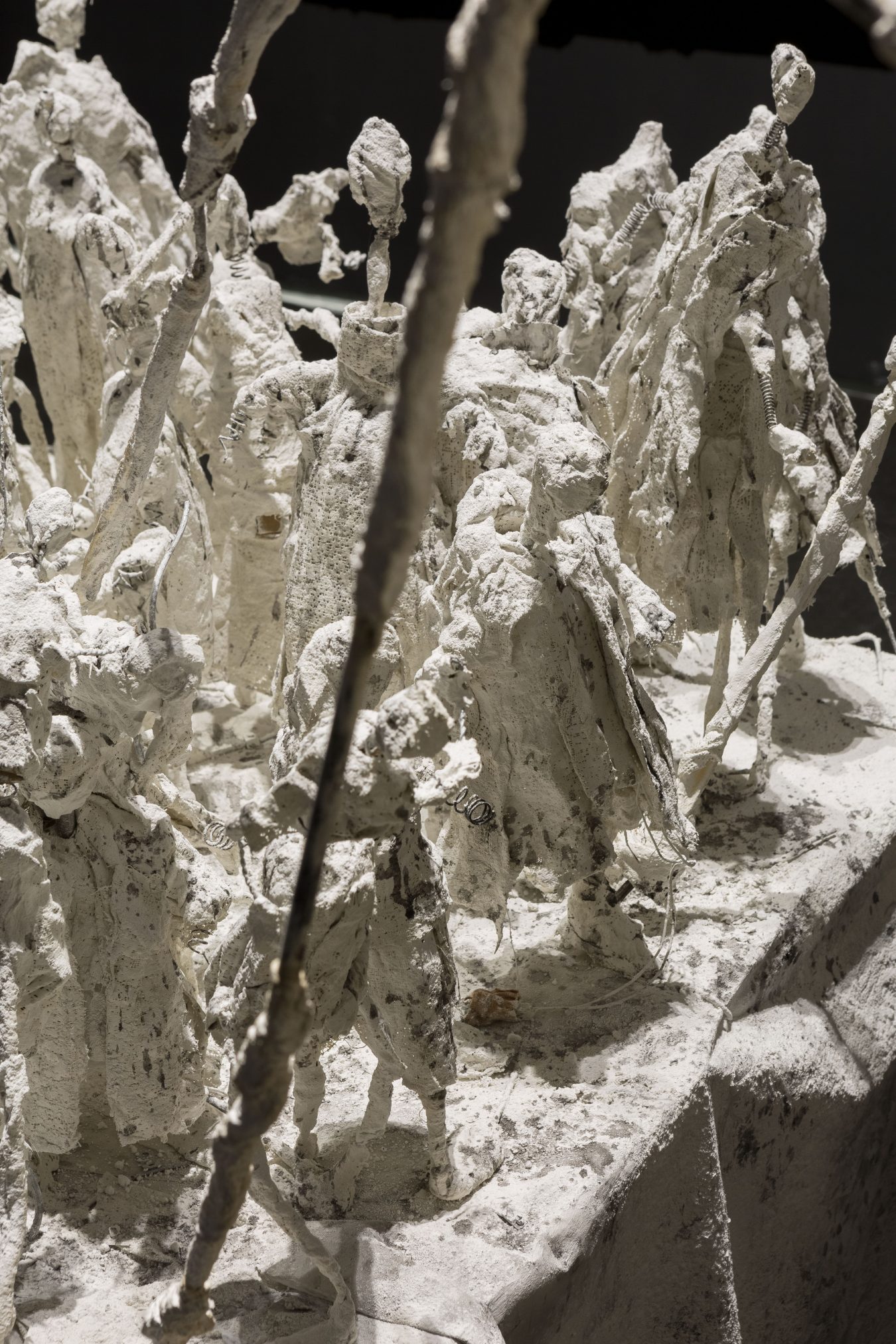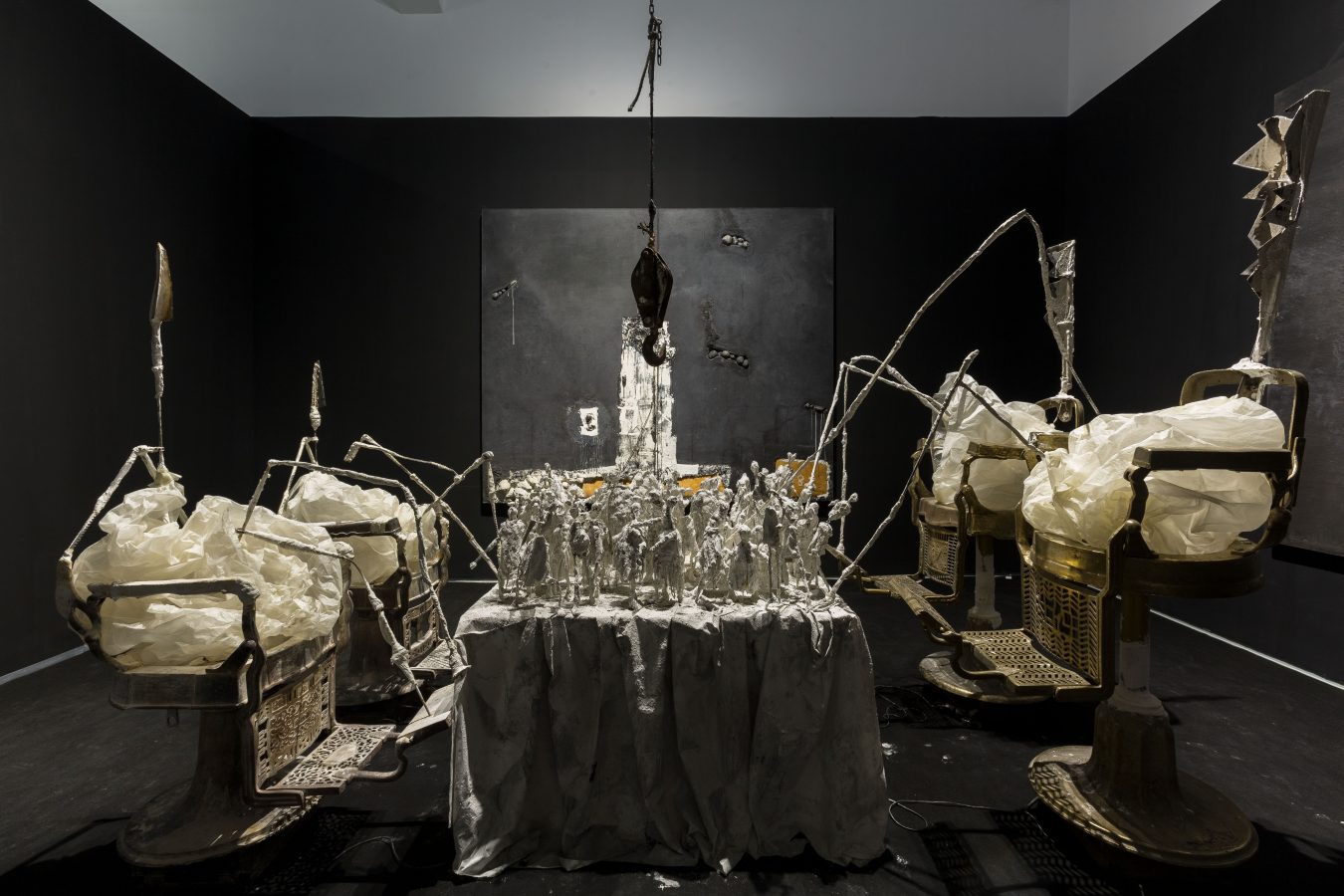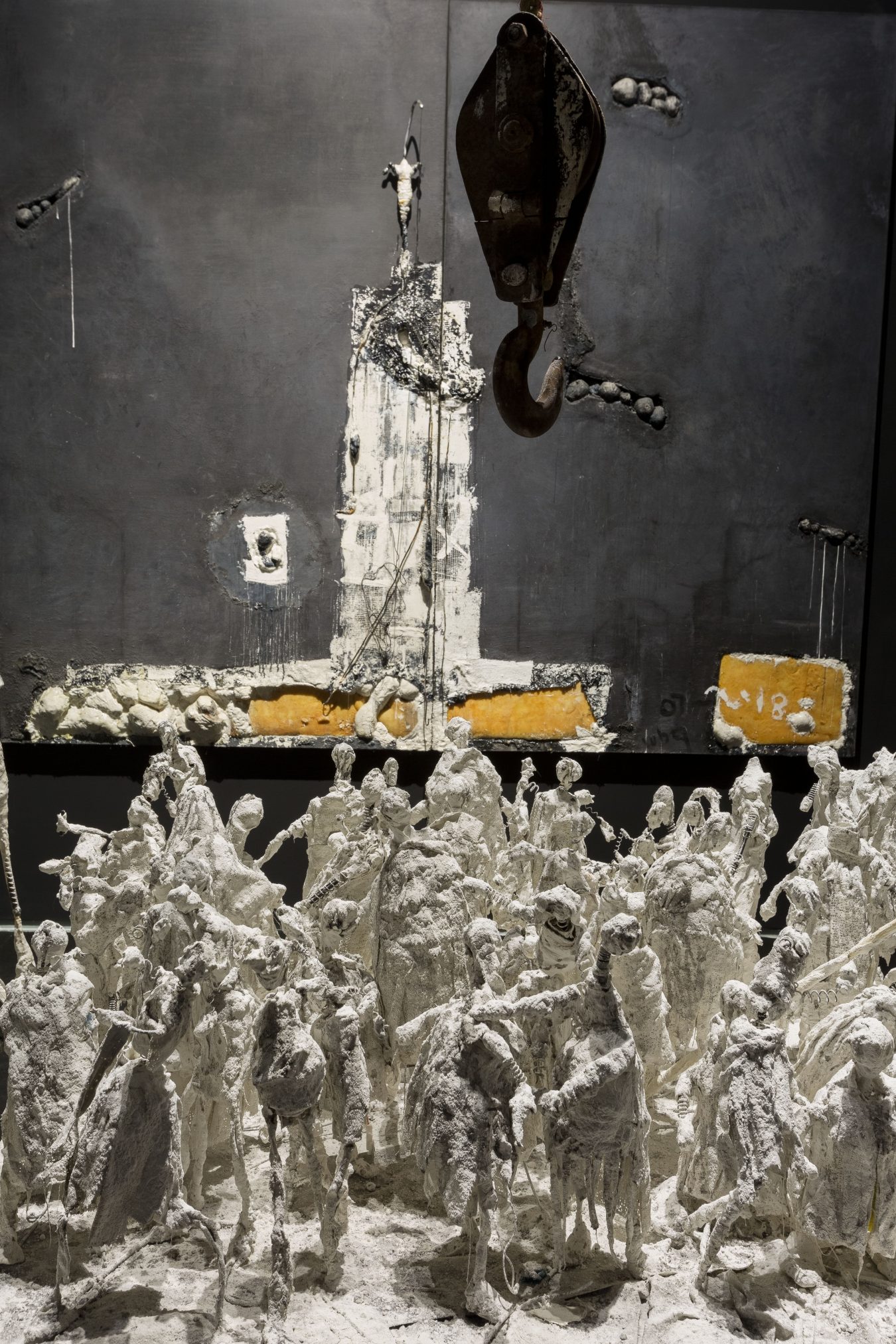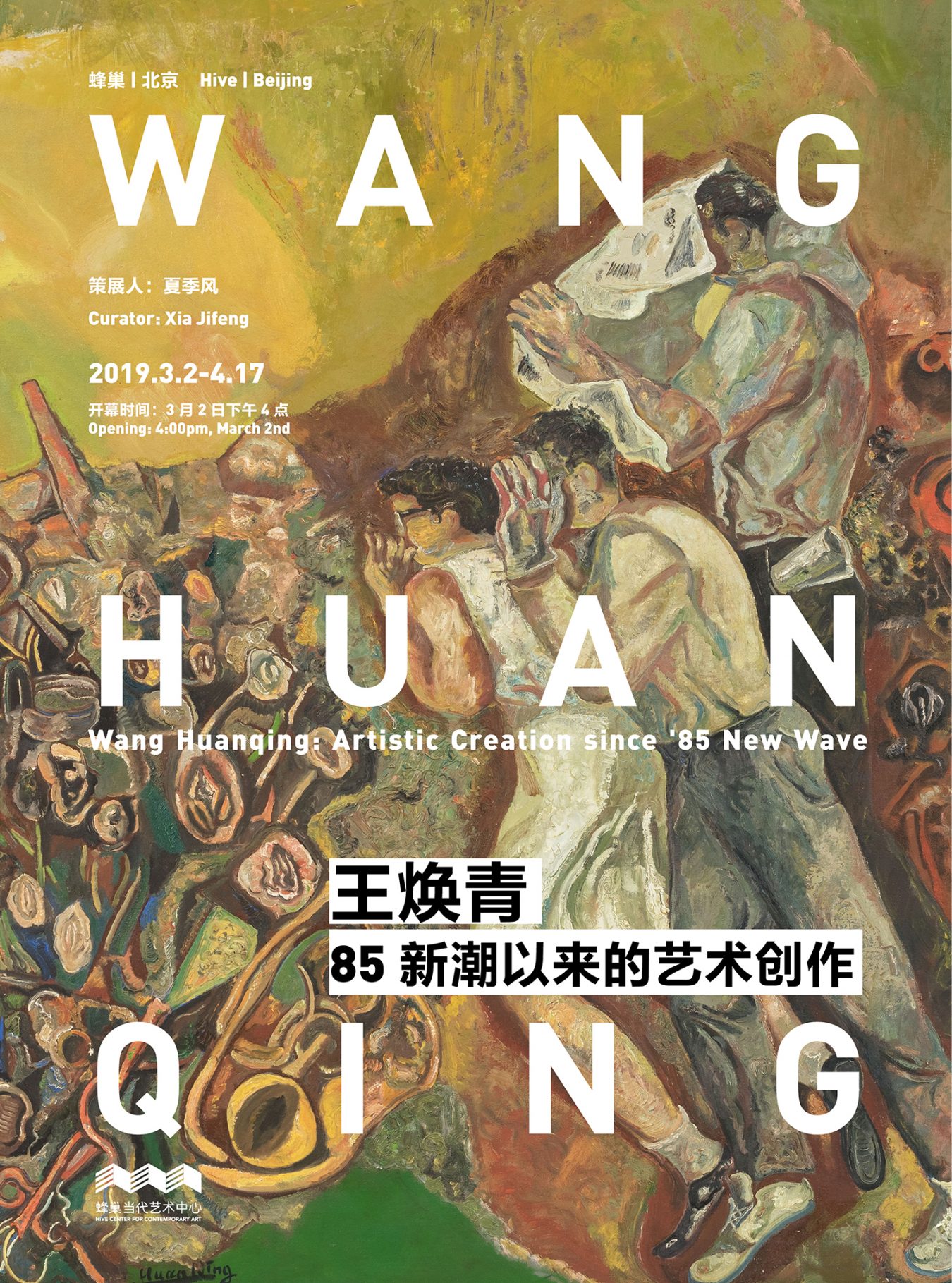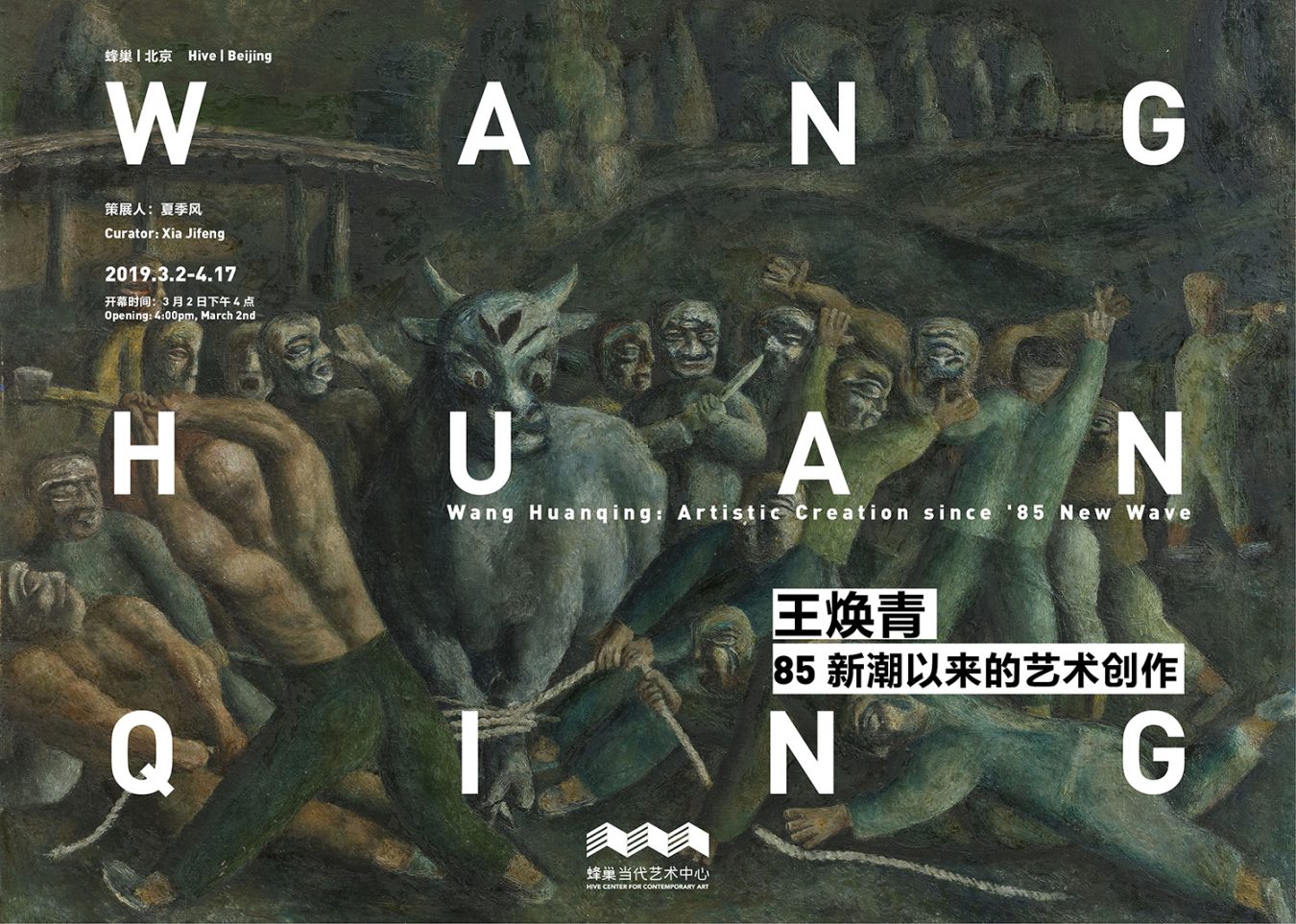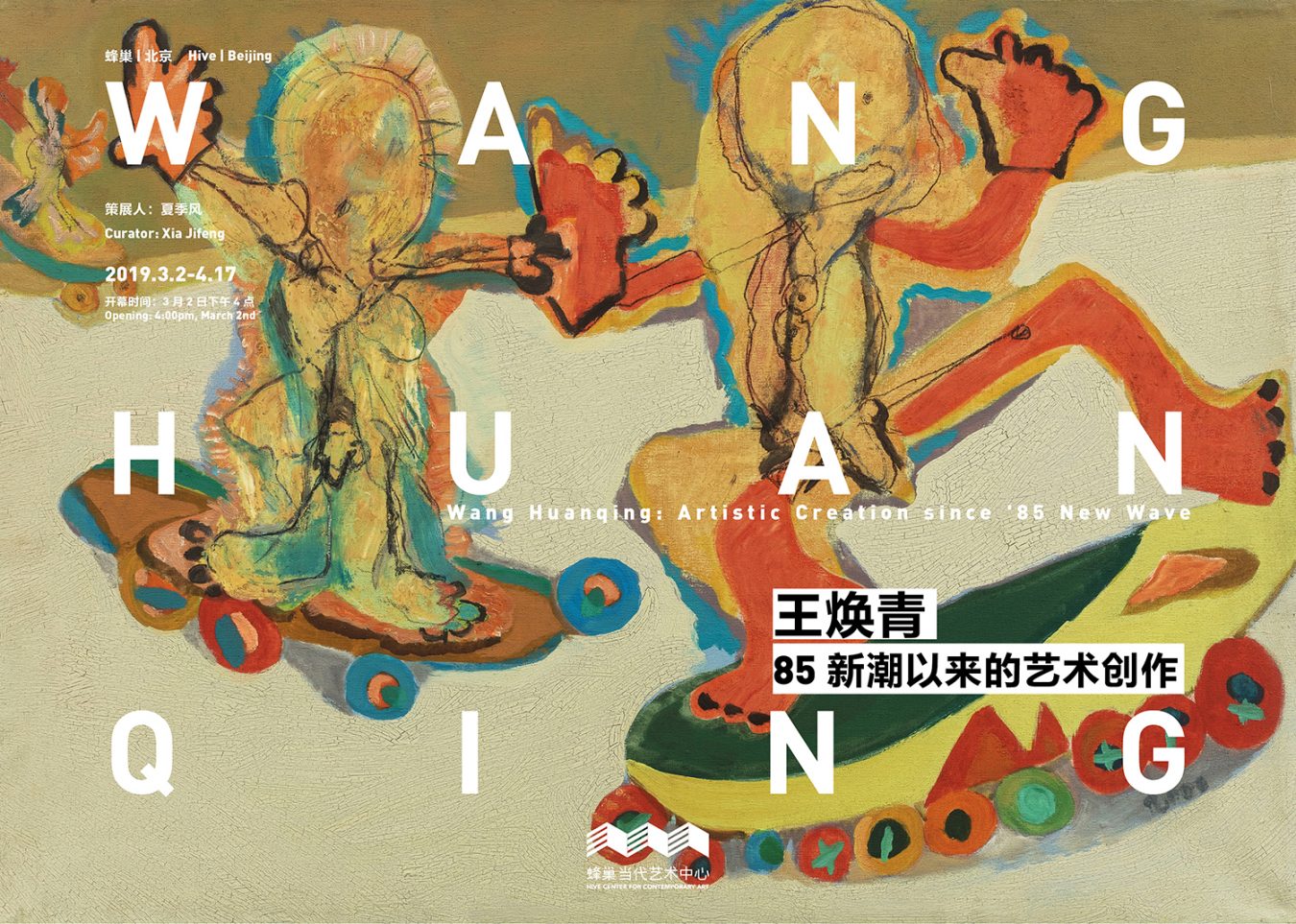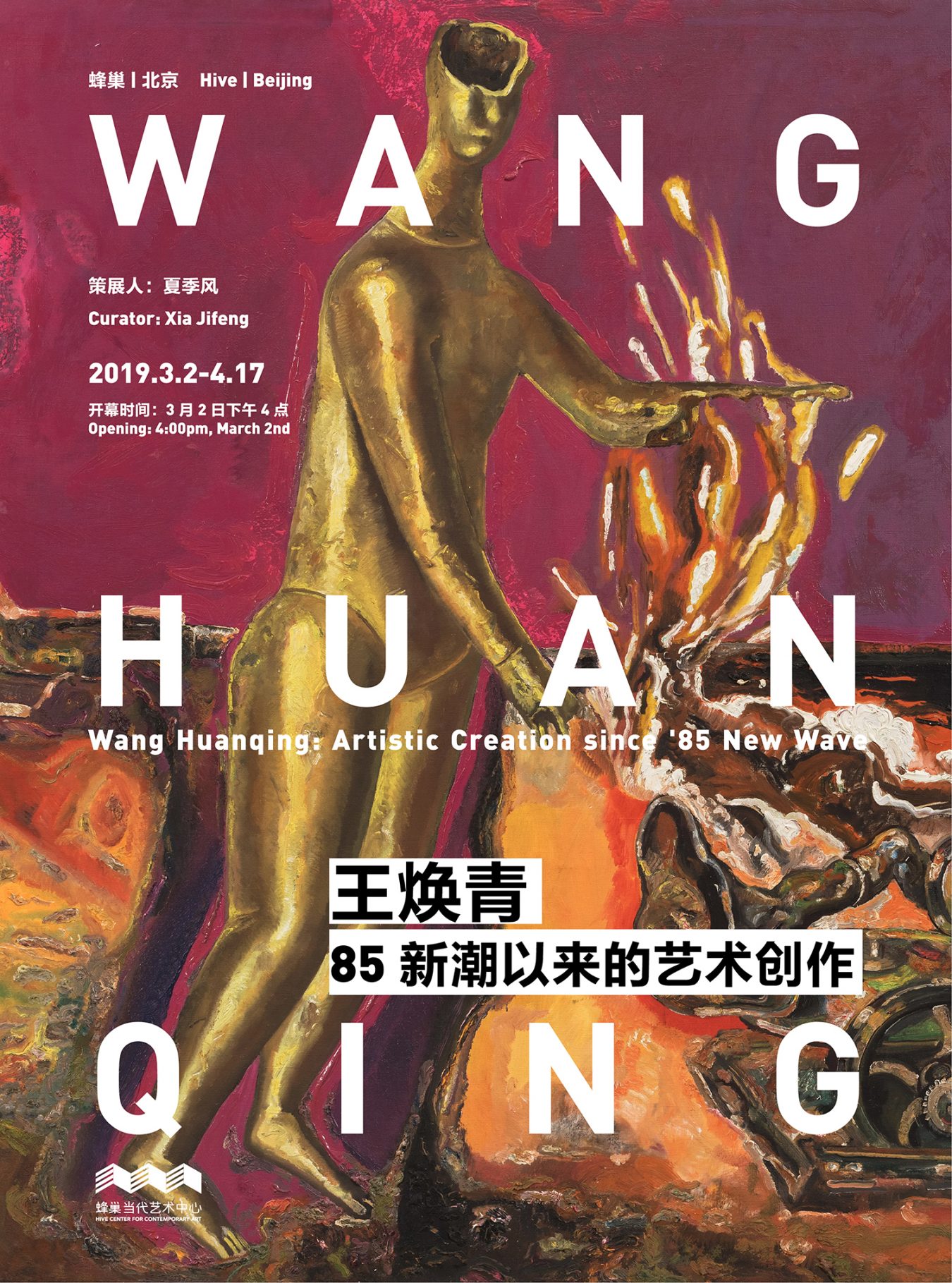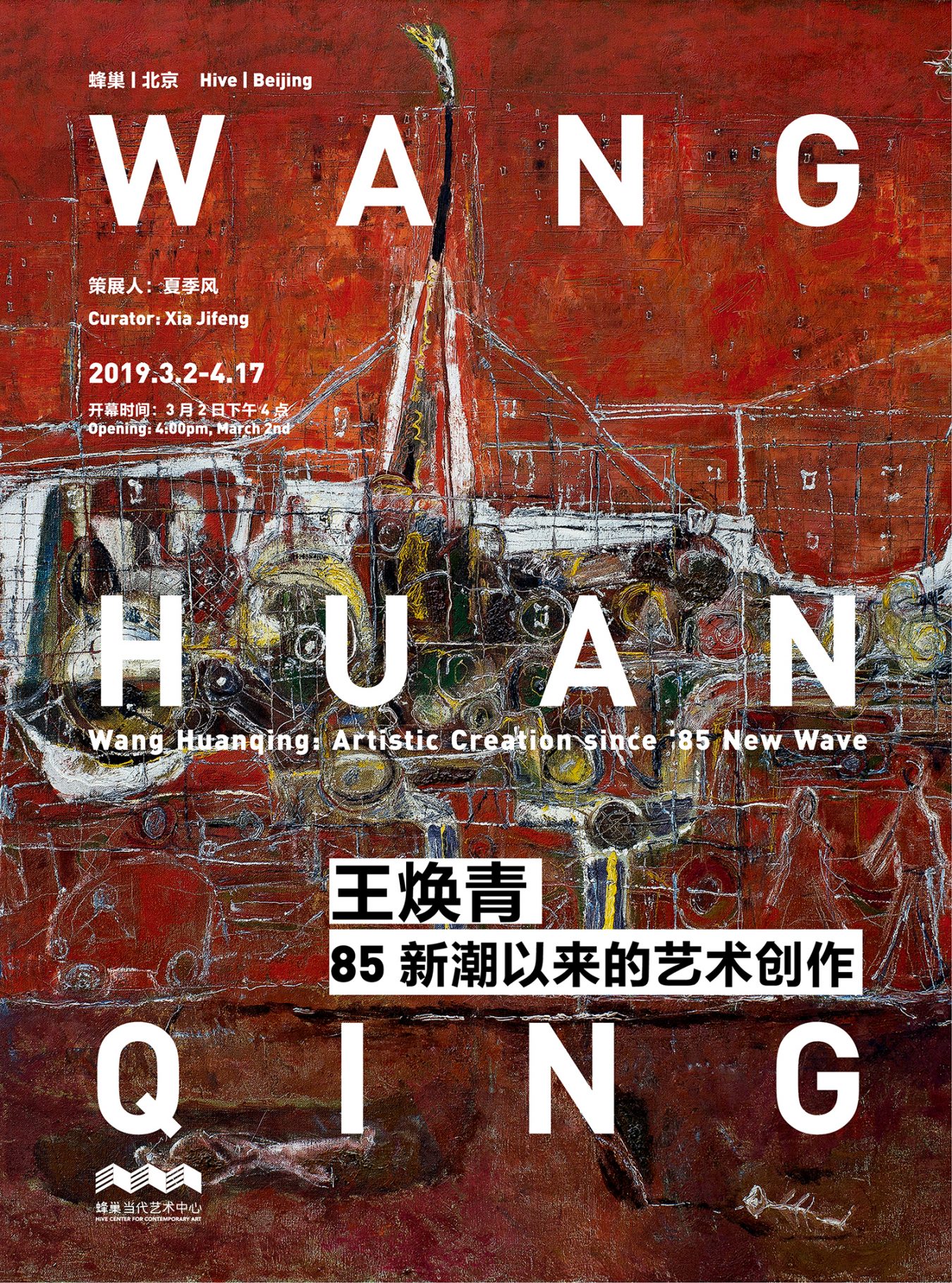Hive Center for Contemporary Art (Beijing) is honored to pronounce that Wang Huanqing: Artistic Creation since ’85 New Wave will be presented at the whole five halls from 2 Mar., 2019. It’s the first large-scale retrospective of artist Wang Huanqing, the exhibition consists of six modules: I) Ode to Joy of Innocence (1982-1988); II) No Escape from Sorrow (1990-2008); III) Pale Fire (2009-2018); IV) Whispers (paper painting and manuscripts); V) The Cumbersome Flesh (installation); VI) The Masque (video). All of the five exhibition halls are adopted to present the important works of the artist since 1982, of a number of mediums including oil-painting, installation, video and paper works. The exhibition combines various artistic themes with a chronological form of display and performs a systematic academic review of Wang Huanqing’s art since the ’85 New Wave Movement, in an attempt not only to dig into the development of his art and the aesthetics underneath but also to provide a particular case as to how the ’85-New-Wave spirit is interpreted and practiced in Chinese contemporary art. Curated by Xia Jifeng, the exhibition will last until 17 Apr. 2019.
Wang Huanqing, born 1958 in Morin Dawa, Inner Mongolia, China, graduated with a major in fine arts from Hebei Normal University and was offered a position in Hengshui Mass Art Center in 1982, where he started learning about and researching on folk art originated among the public. Take Chinese traditional new-year paintings as an example. Wang Huanqing discovered in them some aesthetic features which happen to agree with modernist art in the West through their substantial composition, wild use of lines, bright coloring and exaggerating decoration, so he “studied intently the origin, inherent spirit and modeling features of the art and made a pointed analysis of it based on a sense of modernity for the sake of developing a modern form of art” (Gao Minglu. Chinese Contemporary Art 1985~1986). By organically blending folk art and Western modernism in art-making, Wang Huanqing has broken the formulated sameness left behind by “the Cultural Revolution art”, helped drawn national attention to Mi Yang Studio cofounded by him and his friends and established his position and reputation as an important artist in the ’85 New Wave Movement.
Back in the 1990s, Wang Huanqing abandoned the external form of farmer painting and started to rebuild internally a new possible outlet for expression in painting. As he put it, “I cannot forgive myself for copying experience, especially when I’m aware that such practice will lead to a shallow style.” As a turning point of his artistic style, Northern Tales painted in 1990, with the tragedy and the historical and epic sense revealed, responded to the history and social transformation in the late 1980s and helped determine the fundamental aesthetic tonality of his later works. Apart from the identity as an artist, Wang Huanqing is also a professor, playwright, filmmaker, writer, curator and publisher. Exemplified by his once sensational coauthored stage plays Che Guevara and We Are Striding along the Road, the character and conscience inherent in him as an intellect – particularly his unique independent thinking and critical spirit – have equipped him with broad horizons and perspicacity. In recent years, Wang Huanqing has been making new attempts through self-subversion in art-making, and, with a focus on the pains of humanity and perplexities on the mental level, delineating this indescribable era purely with the colors of black and white.
Wang Huanqing’s artistic journey over the last three decades or so suggests that he’d never allow himself to stay on the shallow surface of copying and realism in foreseeing, observing and caring about the progress of the world and the development of society. In this “age of anxiety” (as termed by W. H. Auden) where no escape is possible, he inherits the existentialist doctrine in art-making, and the essential elements that connect his works of different periods include freedom, solitude, anxiety and the value of existence. Instead of opposing spiritual existence to the physical existence of society and individuals or resorting to nothingness for fear of the cruelty in reality, he creates continuously to fight against and eliminate the various anxieties of this time, so as to lend his work a metaphysical sense rarely seen in contemporary art. As Shang Yang praised him as “one of the not many artists who have inherited the ’85-New-Wave spirit”, what Wang Huanqing embodies are probably the qualities common to most excellent artists: noble passion, the courage to love, the light of reason, and the spirit of indefatigable exploration and practice.
